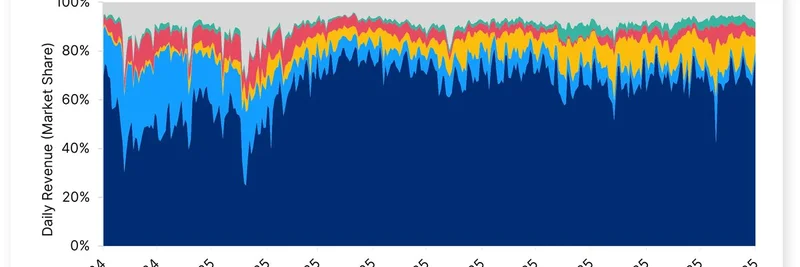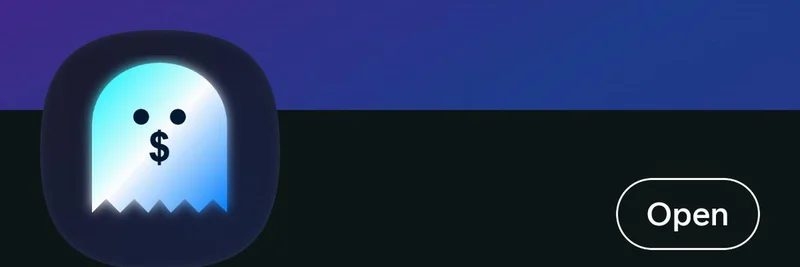Decoding Crypto User Feedback: What @baoskee’s Tweet Reveals
Hey there, meme coin enthusiasts and blockchain buffs! If you’ve been scrolling through X lately, you might’ve stumbled across a thought-provoking post from @baoskee, a notable voice in the crypto space. Posted at 02:22 UTC on July 9, 2025, baoskee dropped a gem: “there are three types of user feedback in crypto: - crying in the casino - suggestions - talking about their problems. which do u think i listen to.” This simple yet insightful breakdown has sparked some chatter, and we’re here at meme-insider.com to unpack it for you.
The Three Types of Crypto Feedback Explained
Let’s break it down. Crypto, like any wild market, thrives on community input. But not all feedback is created equal. Here’s what baoskee is pointing to:
Crying in the Casino: This is the emotional outpouring you see when the market dips or a meme coin like $PUMP (set to launch on July 12, as per bitcoinist.com) takes a hit. It’s noise—pure and simple. Think of it as the frustrated yells from traders who bet big and lost. While it’s human, it’s not the signal baoskee seems to prioritize.
Suggestions: These are the ideas thrown out by the community—maybe a new feature for a decentralized app (dApp) or a tweak to a token’s mechanics. For example, users might suggest integrating AI solutions to fix blockchain scalability, as explored in ACM Computing Surveys. These are the “seeds” of innovation, as @nounspacetom cleverly noted in the thread.
Talking About Their Problems: This is the goldmine. When users share real issues—like slow transaction speeds or lack of transparency—those are the “signals” that can drive real change. Think of Bitcoin Hyper’s $2M presale success, tackling Bitcoin’s Layer-2 challenges (bitcoinist.com). It’s problem-solving fuel.
Which Feedback Does @baoskee Listen To?
So, which type gets baoskee’s ear? The tweet leaves it open-ended, but the community’s responses hint at the answer. @nounspacetom suggests that “talking about problems” hides the real signals, aligning with how blockchain projects often evolve—by addressing pain points like traceability or governance (see ScienceDirect). Meanwhile, @DegenTW_’s cryptic “$crybb coded” might be a playful nod to the “crying” feedback, but it feels more like a meme than a serious take.
My bet? Baoskee’s leaning toward “problems” as the key feedback. Why? Because in the fast-paced world of crypto—especially with meme coins and emerging tech like Solana’s ecosystem—it’s the actionable insights that push projects forward. Ignoring the casino cries and sifting through suggestions to find the core issues is where the magic happens.
Why This Matters for Meme Coin Fans
If you’re into meme coins or blockchain innovation, this perspective is a game-changer. Projects like Pump.fun’s $PUMP token launch or Bitcoin Hyper’s Layer-2 push thrive when developers listen to user problems rather than just hype or random ideas. It’s about building a community-driven knowledge base—something we at meme-insider.com are passionate about. By focusing on real issues, the crypto space can grow stronger, and that’s good news for practitioners and investors alike.
Join the Conversation
What do you think? Does baoskee’s framework resonate with your experience in crypto? Drop your thoughts in the comments or hop over to our Telegram groups to chat with fellow enthusiasts. And stay tuned to meme-insider.com for more deep dives into the latest blockchain trends!



